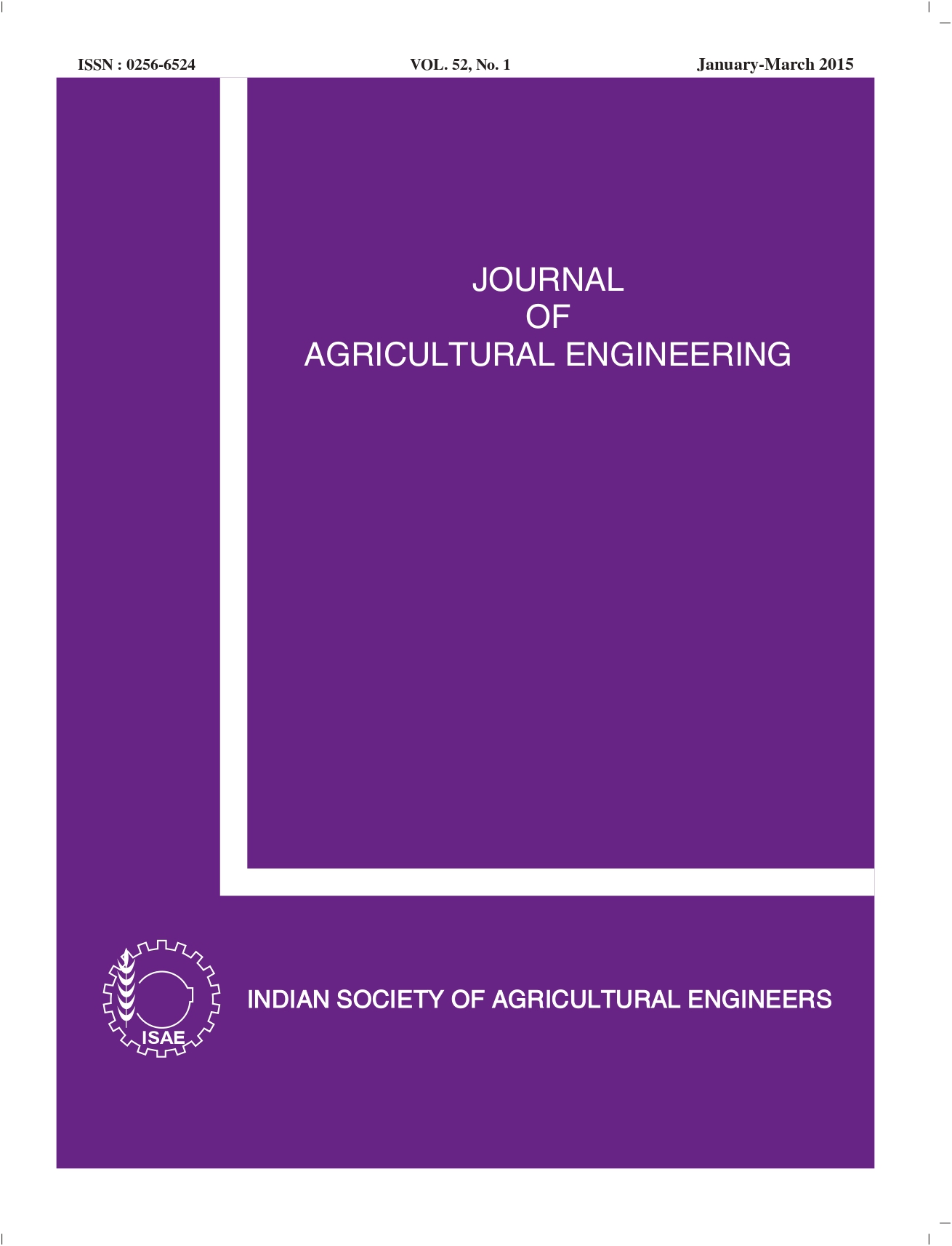Optimization of Process Parameters for Production of Palmyrah Palm Jaggery
DOI:
https://doi.org/10.52151/jae2015521.1566Keywords:
Process, quality, sensory, lime, model, time, temperature, propertiesAbstract
Palmyra palm (Borassus flabellifer L.) is one of the important and an alternate source for production of jaggery. Palmyra jaggery industry is facing technical issues as quantification of lime to be used, heating temperature and heating time of neera for jaggery preparation. A central composite rotatable design was used to optimize the process parameters like quantity of lime, heating temperature and heating time. Mathematical models and response surfaces were developed for estimating the total sugars, ash and moisture content of palmyra palm jaggery. Total sugars increased with increase in temperature and time, but lime had less effect over the optimal value. Ash content was more affected with lime, but less effected by the time and temperature. Moisture content was more affected by temperature and less by time and lime content. The best combination obtained to get good quality solid palmyrah jaggery was use of 2.1% lime, operating temperature of 111°C and 126 min of process time. The jaggery prepared at these conditions had 0.17% fat, 0.98% protein, 2.80% ash and 91.00% carbohydrates at 8.50% moisture content. Sensory evaluation of jaggery showed that the jaggery produced with above combination scored well for all quality attributes as compared to jaggery prepared at 2.1% lime, 1210C and 174 min time.
References
AOAC. 2005. Association of Official Analytical Chemists. 18th Edition, Washington D.C.
Ghosh A K; Srivastava A K; Agnihotri V P. 1998. Production Technology of Lump Sugar-Gur/Jaggery. Daya publishing house, Delhi, 178 – 209.
Guerra M J; Mujica M V. 2009. Physical and chemical properties of cane sugar “panelas”. Ciênciae Technologia de, 30(1), 250-257.
Ranganna S. 1994. Handbook of Analysis and Quality Control for Fruits and Vegetable Products. 2nd Edition, Tata McGraw Hill Publishing Company Limited, New Delhi, pp: 182.
Rao P V K J; Das M; Das S K. 2009. Changes in physical and thermo- physical properties of sugarcane, palmyrapalm and date-palm juices at different concentration of sugar. J. Food Eng., 90 (4), 559-566.
Vengaiah P C; Raju M S; Prasad K R; Kumari K. U. 2011. Food from Palmyra palm (Borassus flabellifer L.) present practices and scope. In: XXIV National Convention of Indian Society of Agricultural Engineers, Tirupati, India,24-25 January, pp: 162.














